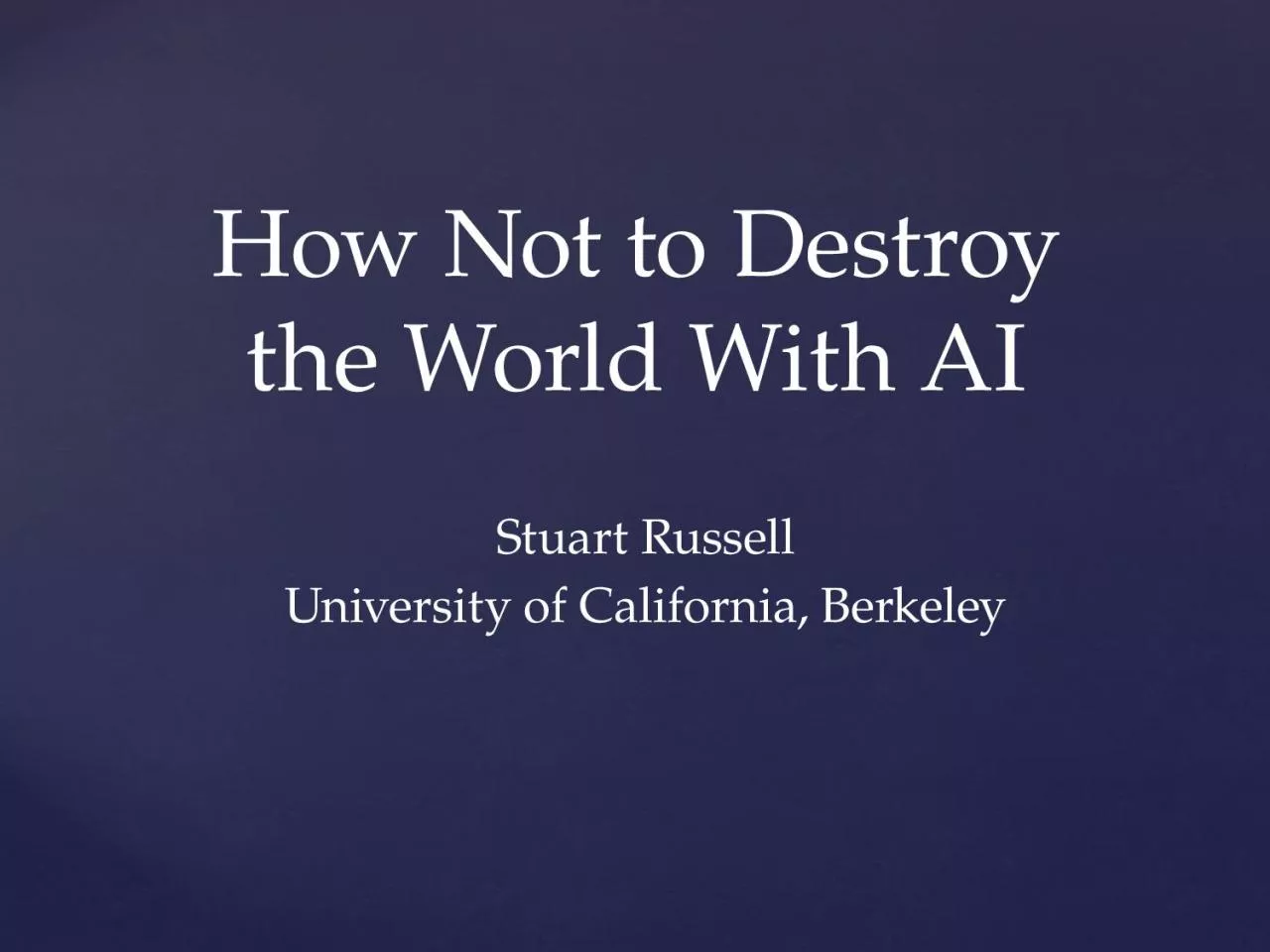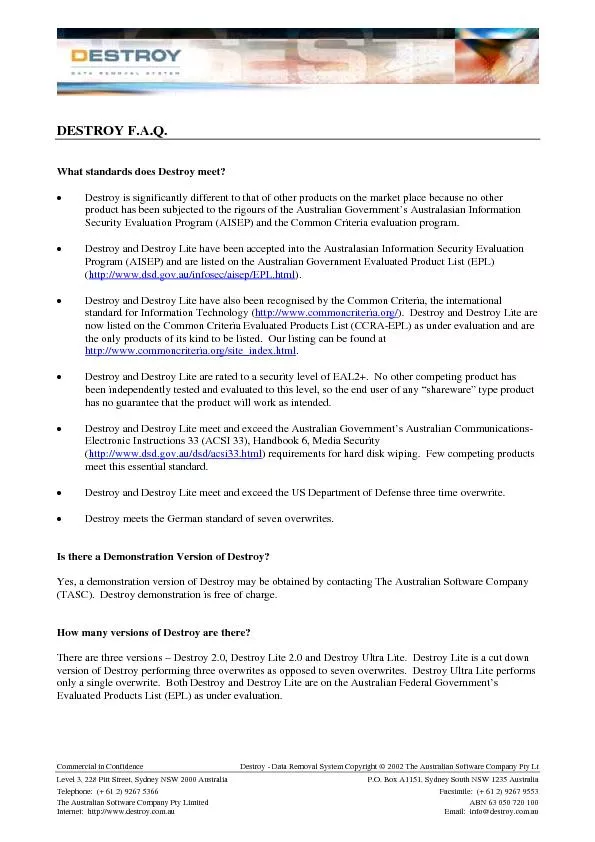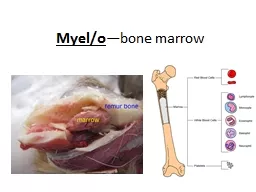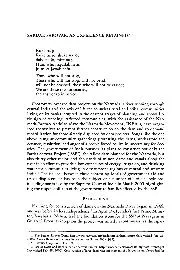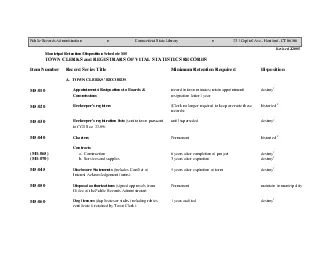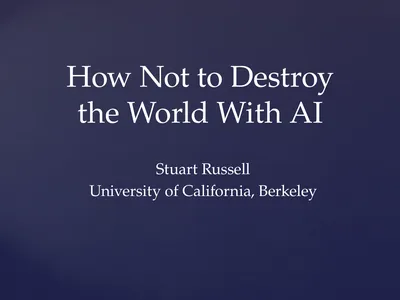PPT-How Not to Destroy the World With AI
Author : Extremejock | Published Date : 2022-08-02
Stuart Russell University of California Berkeley In David Lodges Small World the protagonist causes consternation by asking a panel of eminent but contradictory
Presentation Embed Code
Download Presentation
Download Presentation The PPT/PDF document "How Not to Destroy the World With AI" is the property of its rightful owner. Permission is granted to download and print the materials on this website for personal, non-commercial use only, and to display it on your personal computer provided you do not modify the materials and that you retain all copyright notices contained in the materials. By downloading content from our website, you accept the terms of this agreement.
How Not to Destroy the World With AI: Transcript
Download Rules Of Document
"How Not to Destroy the World With AI"The content belongs to its owner. You may download and print it for personal use, without modification, and keep all copyright notices. By downloading, you agree to these terms.
Related Documents

